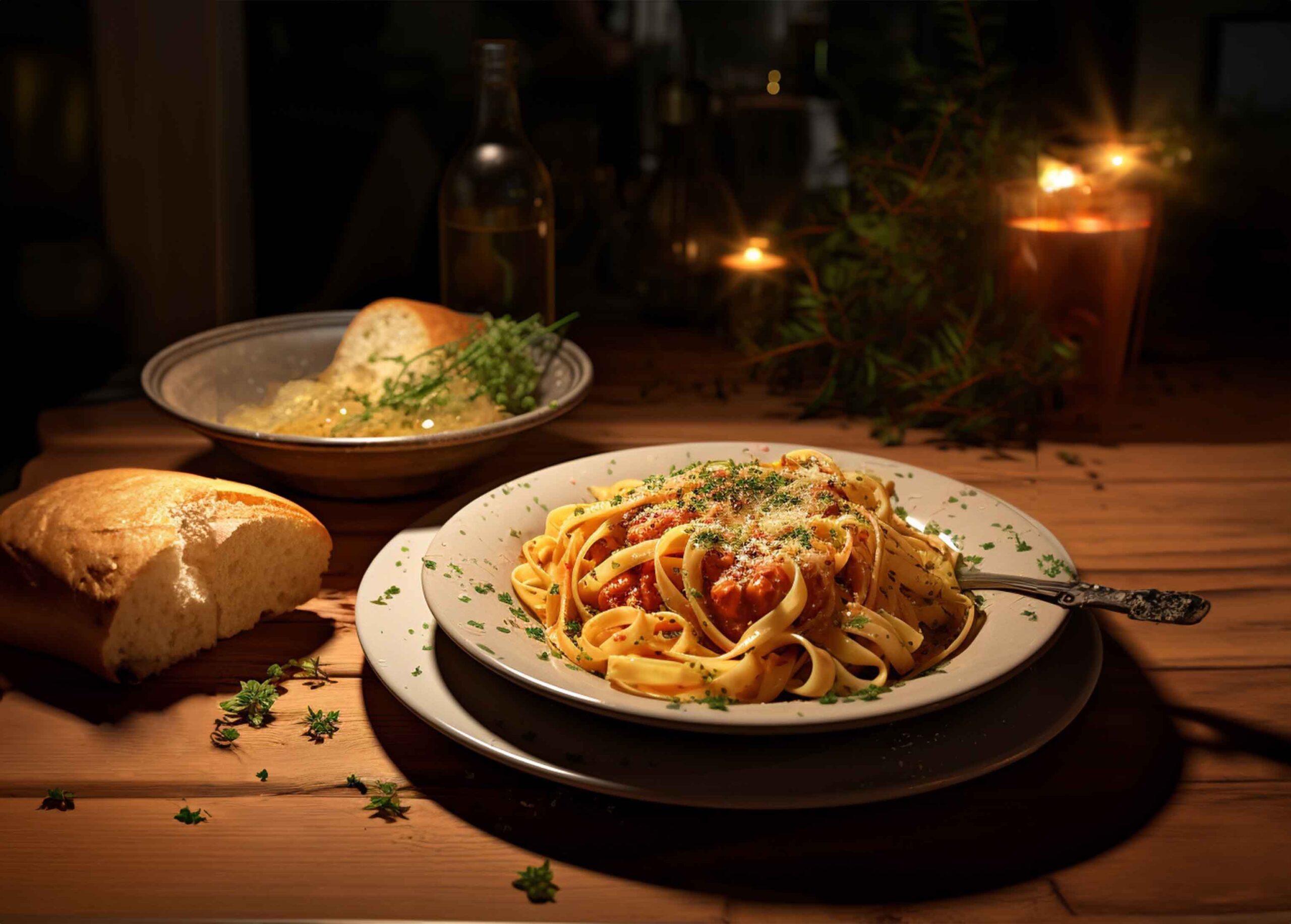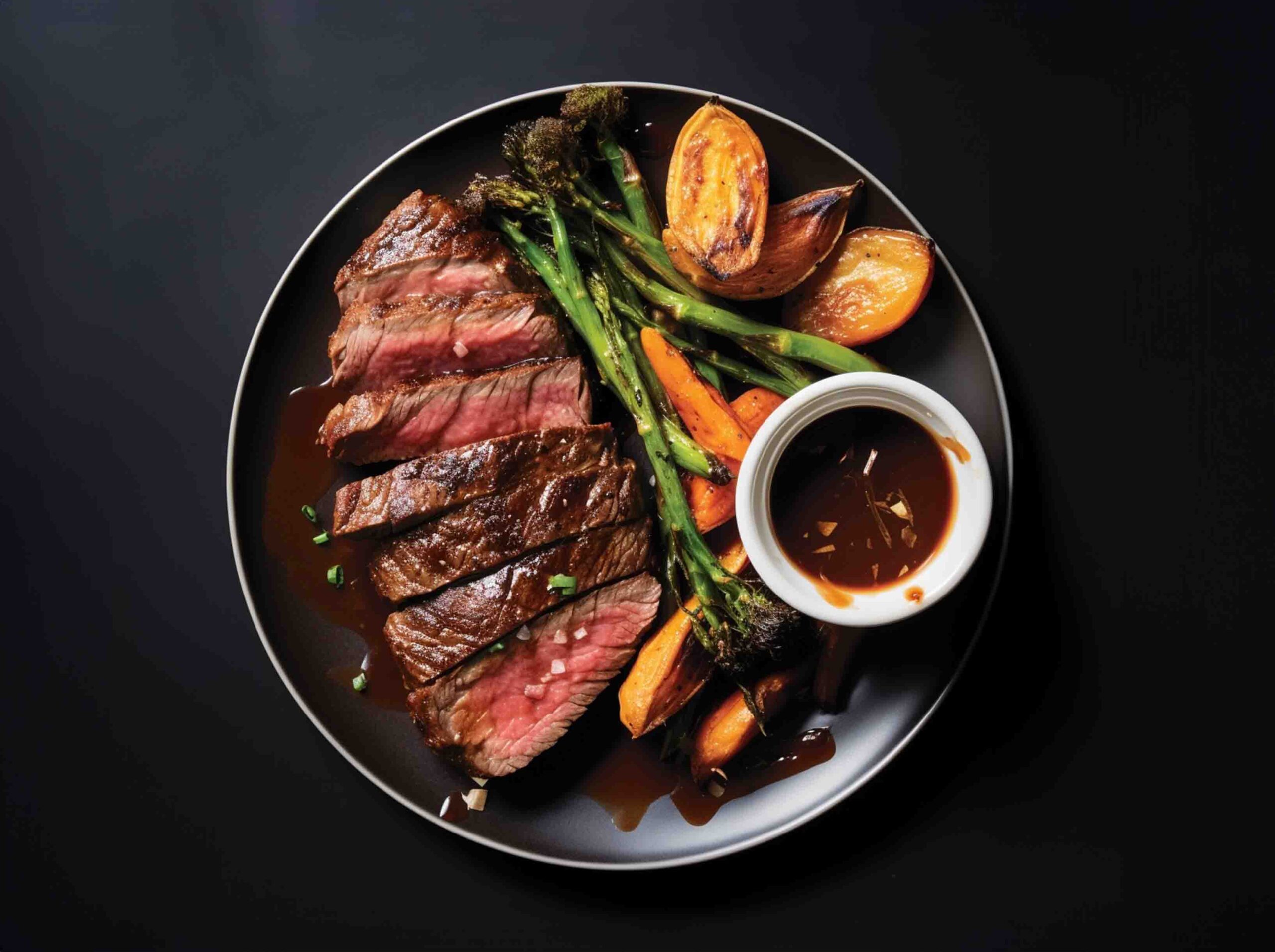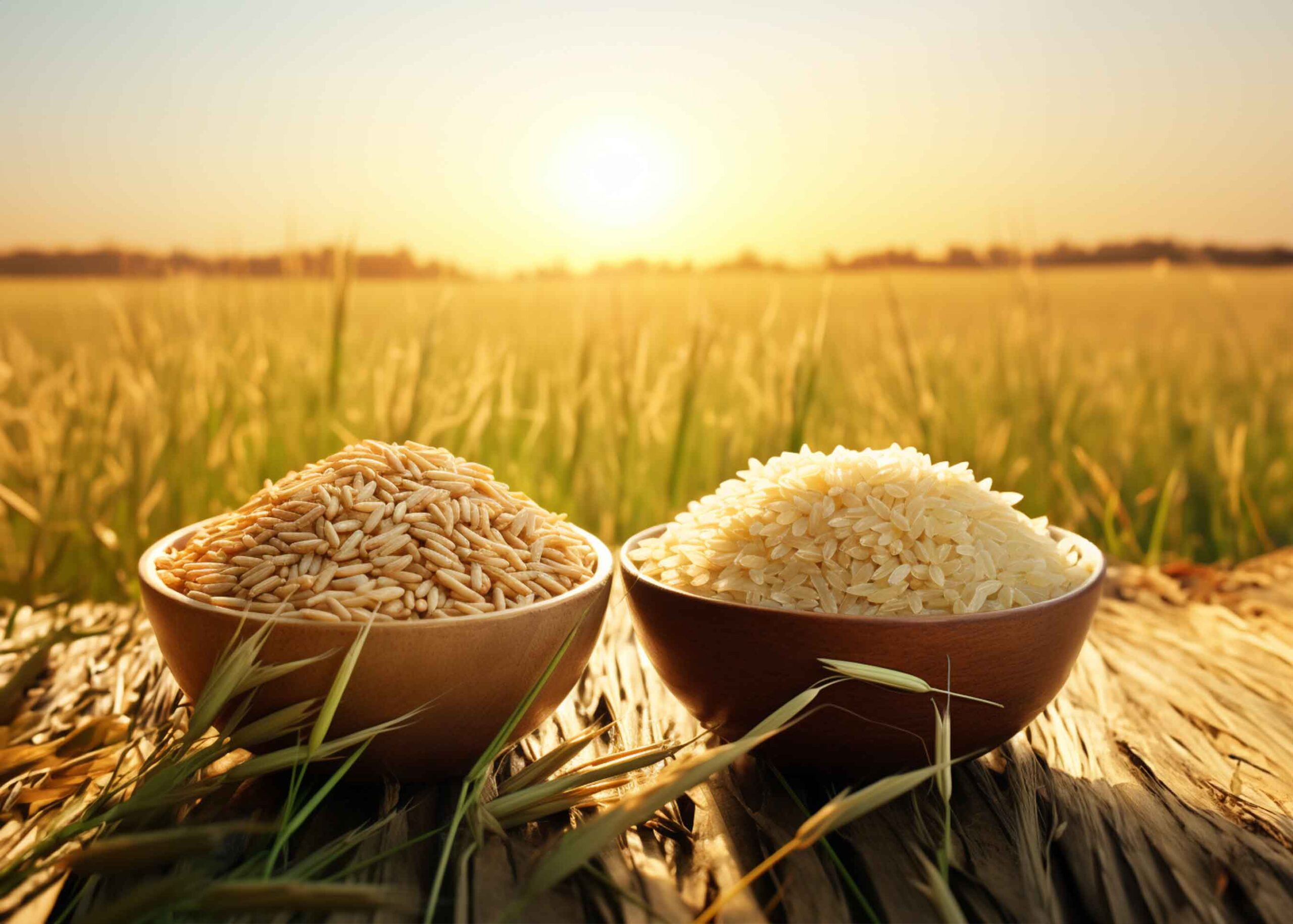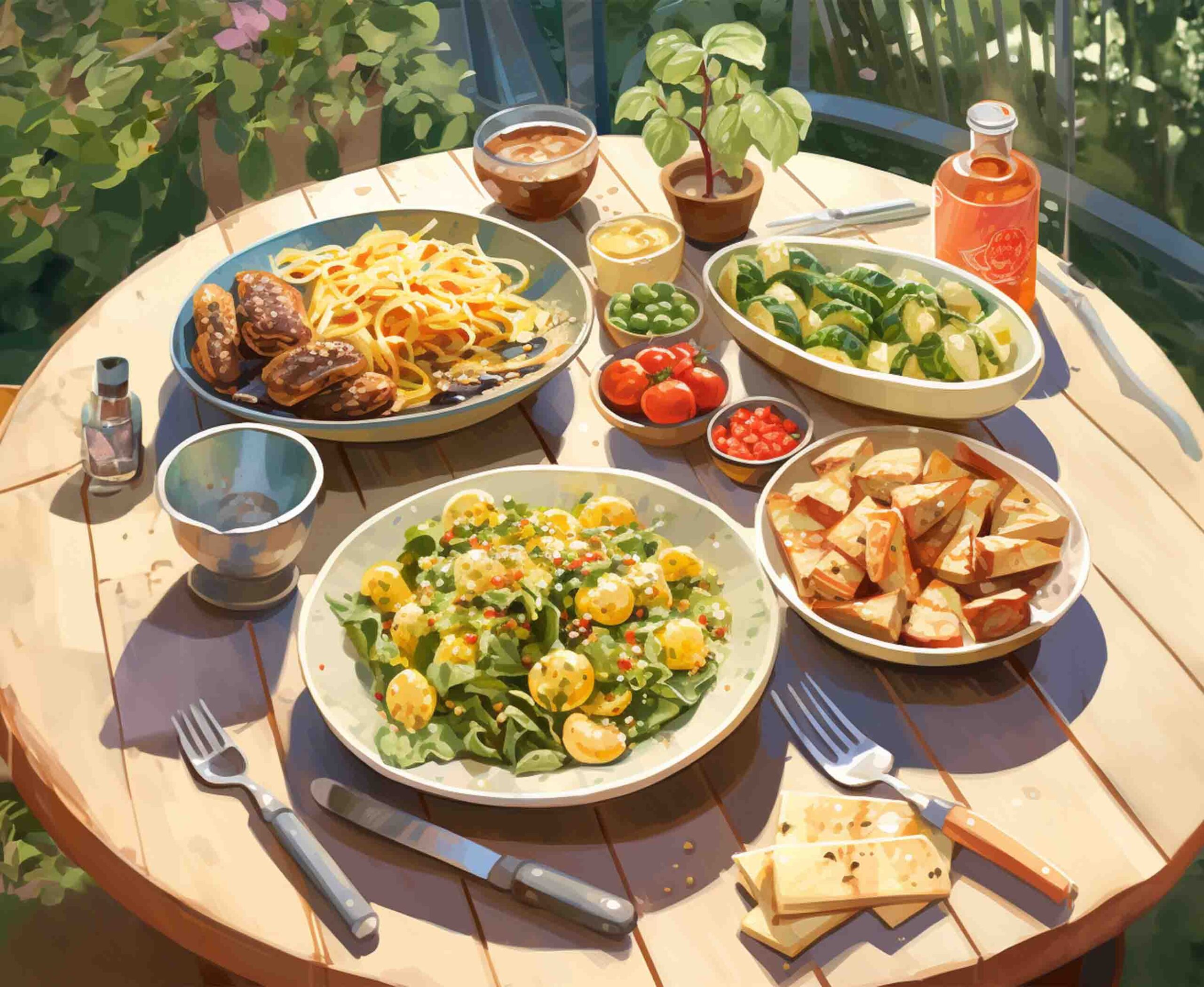When it comes to pasta, the term “al dente” is often thrown around, but what does it really mean? Originating from Italian for “to the tooth,” al dente describes pasta that is cooked so it’s still firm when bitten. Far from being an elusive concept known only to Italian grandmothers and Michelin-star chefs, understanding al dente can elevate your cooking game significantly.
What is Al Dente?
Al dente pasta is cooked just enough to maintain a slight resistance or “bite” when chewed. It should not be hard or crunchy, but it also shouldn’t be soft or mushy. Achieving this balance is where the art lies.
Why Al Dente Matters
The impact of cooking your pasta al dente goes beyond mere tradition. Here are some reasons why it matters:
- Flavor Absorption: Firmer pasta absorbs sauces better, making each bite a perfect blend of pasta and sauce.
- Texture: The chewy consistency of al dente pasta adds another layer of texture to your dish, making it more satisfying and engaging to eat.
- Nutritional Value: Cooking pasta al dente can actually lower its glycemic index, meaning it has a smaller impact on blood sugar levels compared to soft-cooked pasta.
How to Cook Pasta Al Dente
- Boiling Water: Make sure your water is at a rolling boil before adding salt and pasta.
- Stirring: Stir the pasta immediately after adding it to prevent sticking.
- Taste Test: Begin tasting the pasta a minute or two before the package’s minimum cook time. It should feel slightly resistant when you bite it, but not hard.
- Cooling: Once you’ve achieved al dente perfection, immediately strain and rinse the pasta to stop the cooking process.
The Final Touch
Al dente isn’t just for pasta. The concept can be applied to vegetables and even rice. It’s all about understanding the impact of cooking time on texture and flavor.
So the next time you find yourself in the kitchen, remember: al dente is more than a fancy term—it’s a gateway to mastering the culinary art of texture and taste. Armed with this knowledge, you’re now ready to elevate your pasta dishes to the next level. Buon appetito!




